In 2005, Andrew ‘AC’ Crockett released Switchfoot, and in doing so embarked on a decade-long journey spanning three books, thousands of photos and dozens and dozens of interviews.
Switchfoot was a compendium, a 208-page scrap book of words and images, as AC states in the book’s Outro, ‘born from frustration…an effort to put something together that includes as much of the fun side of surfing as possible, with no relevance to the competitive side.’
Featuring surfers and surf-inspired artists and musicians, from Michael Peterson and Midget Farrelly to Xavier Rudd and Dave Rastovich, Switchfoot reflected what would later wincingly be referred to as the retro movement.
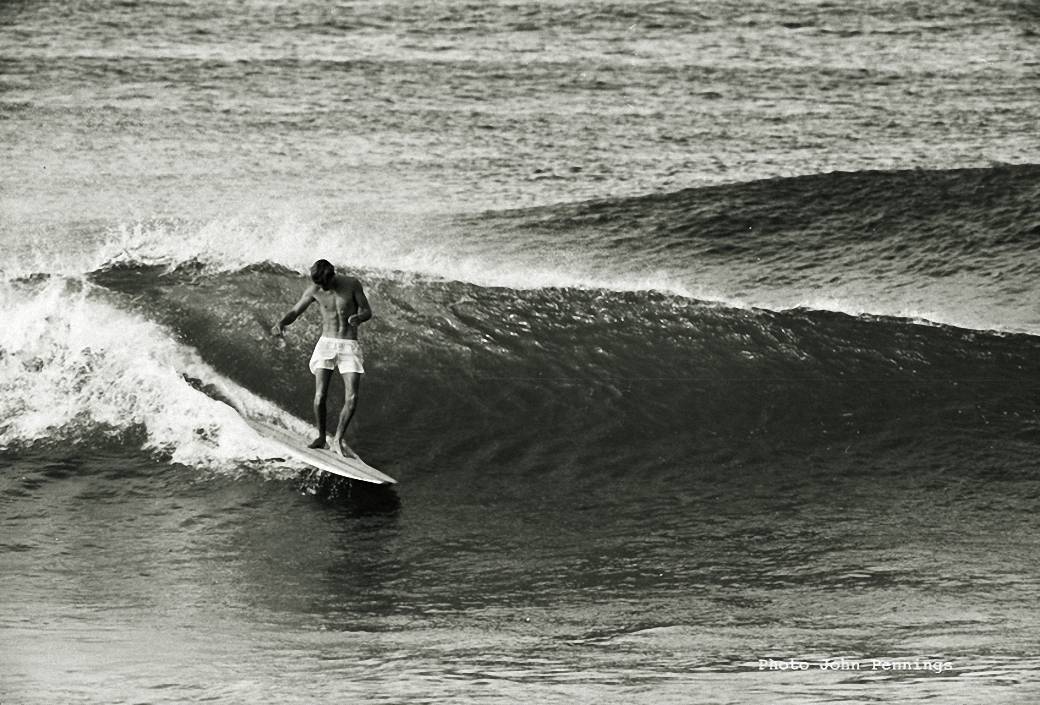
But both Switchfoot and AC’s 2009 follow-up, the less imaginatively titled, yet equally inspiring Switchfoot 2, were anything but the fashion-oriented, media-soaked, bandwagon-jumping hipster tomes of the retro.
Part homage, part documentation, they portrayed instead a pastime free of dogma or supposition, a non-conformist reflection of the simple art of sliding on a wave, not concerned about who is watching or how you may fit any one of a dozen or so surfing stereotypes, just simply enjoying the trim.
“When the first book came out,” AC reflects, “there was really nothing in the print media that encapsulated that side of surfing, and young readers would have no idea that that’s what it was like in the early 2000s. There was nothing out there; no groovy, retro surf magazines, no websites, nothing other than what the professional surfers were riding. The longboarding magazines were full of bendy longboards with three fins, noseriding – forget it.”
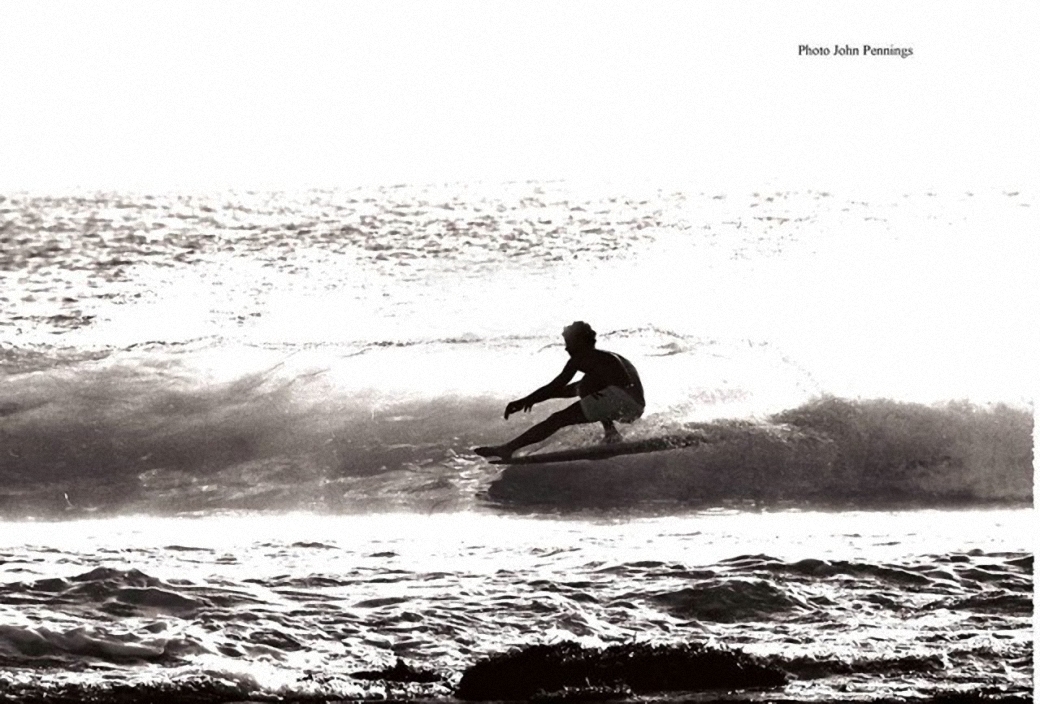
The second book shied away from its award-winning predecessor, a self-professed ‘megalith of stoke from the other side of surfing.’ Where the first leaned more towards the modern era’s interpretation of yesteryear, Switchfoot 2 ventured more into the roots of inspiration, a huge 367 pages of discussions with the pioneers and innovators who pre-dated surfing’s bankrolled commercialism.
His philosophy was not to show modern surfers, talented no doubt, but surfing in emulation of what had gone before, but highlighting those yesterday heroes who surfed, and surfed the way they did on the equipment they had for no other reason than to surf.
“It’s like putting a guitar in someone’s hands and asking them to recreate ‘All Along The Watchtower’ by Bob Dylan, whereas what I’m saying is, ‘let’s listen to Bob’s version – he wrote it.’ Everyone is hoodwinked on the new guy who’s so cool with his beard and shirt and shorts and no legrope, but I’m a traditionalist at heart so I instinctively go back to the roots of everything and the roots of awesome surfing, to me, is that era of surfing from 1960 right up until it turned into a professional sport.”
Now, nine years after his first Switchfoot publication, AC is embarking upon the completion of his trilogy. Filling a couple of rare gaps left by One and Two, Switchfoot 3, while holding to a familiar if vague formula, is about recognition, collecting the words and wisdoms of a couple dozen doyens of a past blanketed in the mists of forgotten memories and too many years.
“I’ve called it a trilogy,” he says, “and I guess there’s a common thread that runs through all three of them. But this will definitely be the last one. I’m not doing any more because I can’t find any more content out there that would come up to the same standard. You’ve got to dig pretty hard to find these guys.”
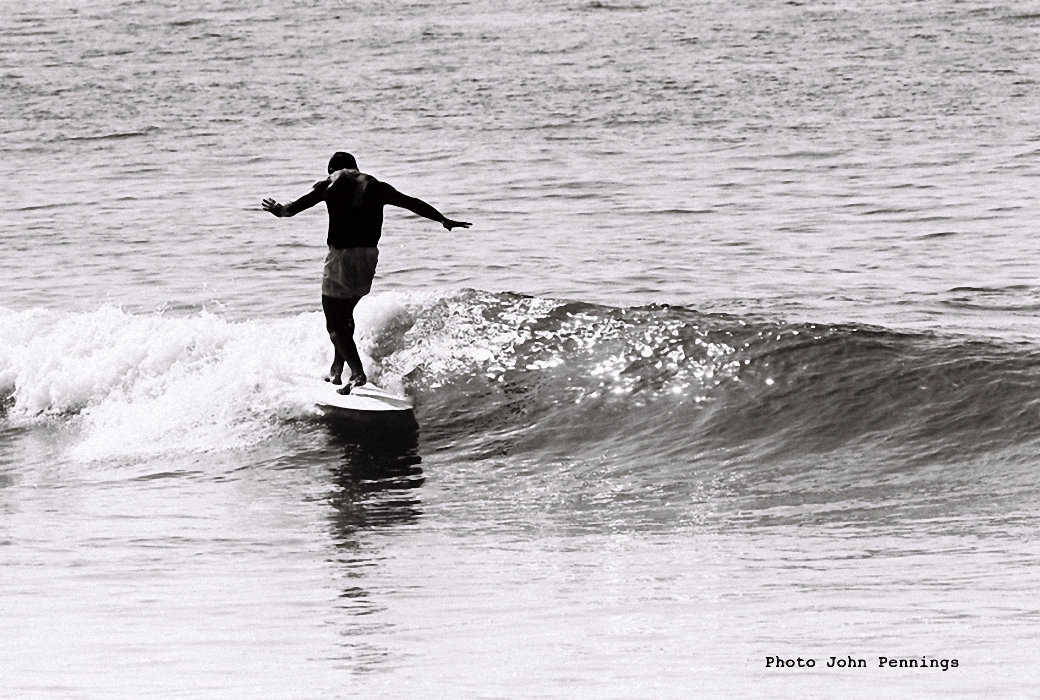
Chapter Three of the trilogy highlights the most pivotal era in surfing’s archives, the development of foam and fibreglass boards that were progressively hacked down from twelve-foot-plus to half that size. Over the 16 years from 1960 to 1976 everything, everything changed. Boards, techniques, perspectives and opinions – surfers were already outcasts but they became nomads, the pursuit of waves their singular driving force.
Every surfer was searching; for surf, for solitude and for a way to surf forever until finally, at the zenith of this ‘Evolution Era’, came the beginning and end of it all, the professionalisation of surfing.
“As soon as surfing turned into a professional sport and there were money and sponsorships, it all changed. The modern thing now is pretty cool, there are guys doing some pretty epic sh*t, no doubt, and good luck to them, I think it’s fantastic. But back then [when the first Switchfoot was released], you had to have a pointy-nosed thruster, I don’t even know what it is right now. Last week it was something else, this week it’s changed again – there are all these boxes you’ve got to tick to fit into the cool club.”
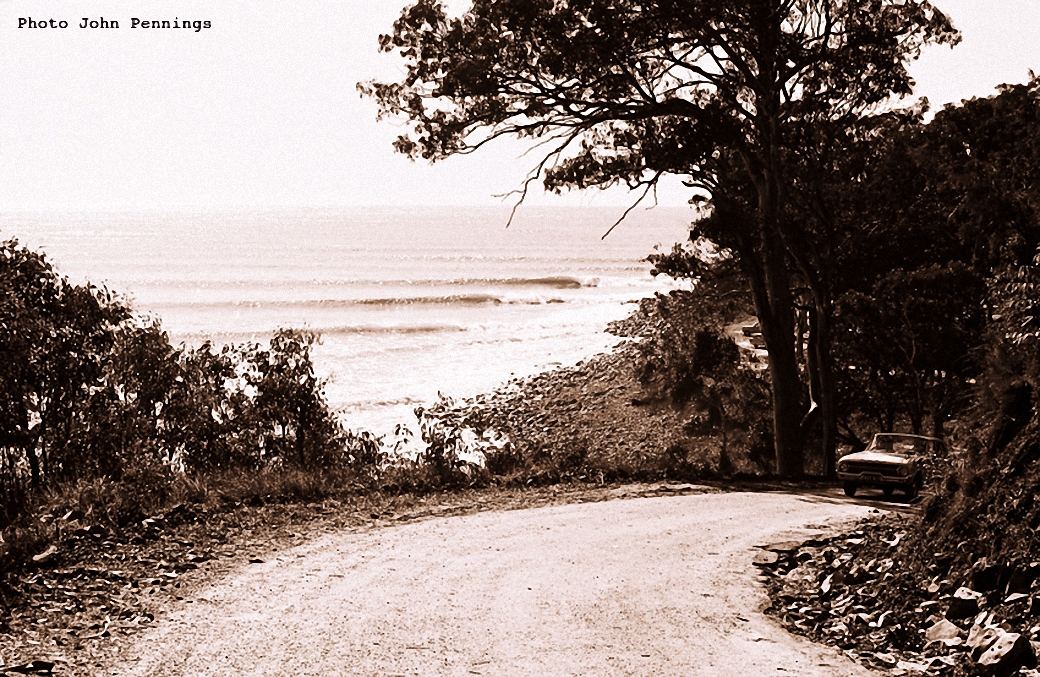
For AC, the wave is paramount. It doesn’t matter what you ride or how well you ride it. What matters, and what was so voluptuously portrayed through that era, was the pure, unfettered love of surfing.
Since the release of Switchfoot 2, AC has been inundated with emails, asking when the bell will chime on round three. Now as a husband and father of two, finance and responsibility have been his primary focus, but the time has arrived for him to venture into the world of Switchfoot for one last time.
“I’ve asked the same twelve questions of the characters from that era who are all now in their 70s, for example about board design, fin design and fashion boards – what do they think? Someone like [George] Greenough will say what he thinks, which will be radically different to someone like, say, Peter Townend or Gerry Lopez.
“But I think it’s really important what they think. People like Joe Larkin, these characters who established surfing in some regards. How could you not want to talk to someone like Greenough or Larkin?”
AC views the final instalment as his magnum opus, the punctuation mark on this chapter of his life, but also as something that will last. For numerous unforeseen reasons, neither of the first two books will be republished. Minimal stock remains around the world, but once this has dried up nothing, until now, would endure of AC’s contribution to surf literature. Number three is his last will and testament, bequest to the surfing community that has supported and inspired him.
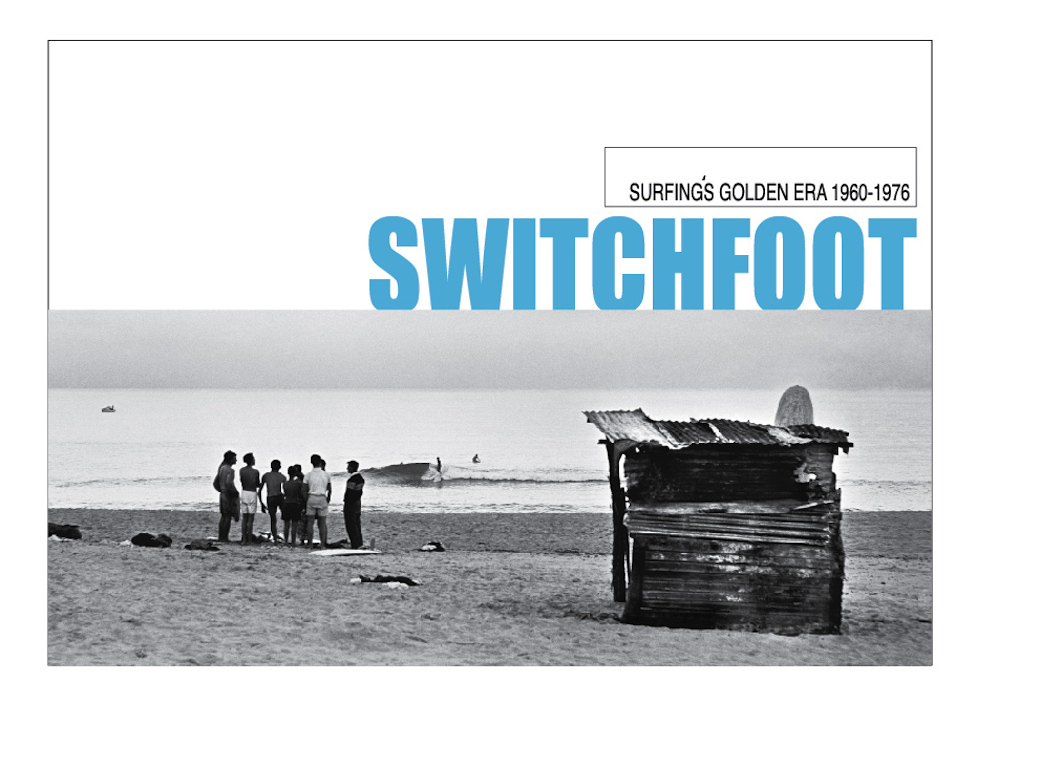
Where AC had formerly self-published, Switchfoot 3 will be a crowd-funded publication. Such has been the interest in a third instalment that he is inviting people to invest in their interests.
“When I first started Switchfoot I was a bum! I didn’t have any kids, I didn’t have a girlfriend, so it was easy. But now I have responsibilities – I have to think about how I’m going to make any money out of it before even doing it, which is actually really sad, but it’s just the reality I now have to face.
“I look at it and think, ‘does the market want another book?’ People have emailed me and said that they do, so I’m throwing it out there, saying, ‘if you want a another book, here’s the opportunity.’ If people pledge and we get the money then there will be another book, but if we don’t there won’t be – it’s as simple as that. It’s not going to happen if I don’t get the funding because I can’t afford to stop what I’m doing and make a book because it doesn’t pay the bills. But if I can get the crowd funding it will give me enough money to be able to put the time and effort into it.”
So there it is – the reason behind it, the content within it, the future it may, or may not, hold.
Such a rich story, spoken in the words of those that were there, the remaining, dwindling collection of individuals that have had such a profound affect on the sport of surfing, deserves to be told. If you would like to see the trilogy completed, help AC by pledging a few dollars, as much as you can spare, however little, so that these stories may be immortalised.
Visit www.switch-foot.com to discover more about Switchfoots 1 and 2 or
